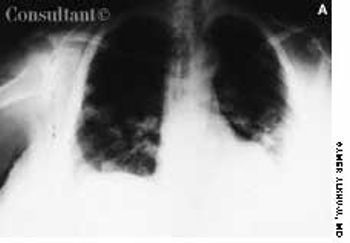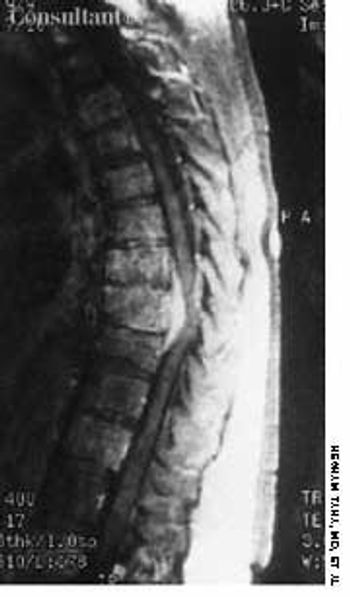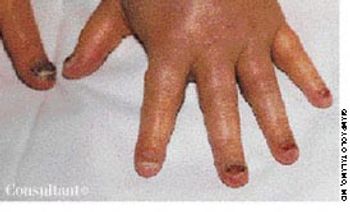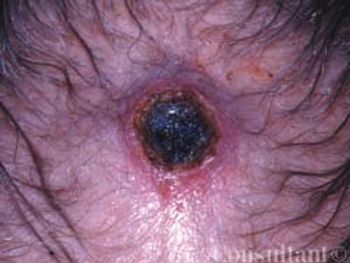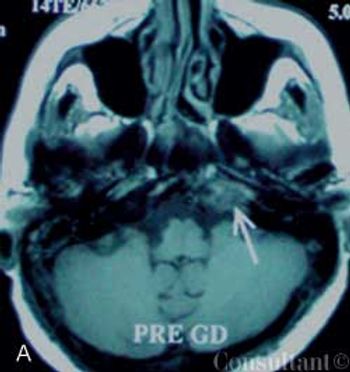
For more than a decade,screeningmammography hasbeen the subject ofintense public scrutinyand debate. Probably atno time has this debatebeen more heated thanduring the last 3 years,which saw the publicationof the now-famous “Danishstudy” as well as a majorexposé of poor quality controland radiologic interpretationerrors in the mammographyindustry (Box).













































































































































































































































































